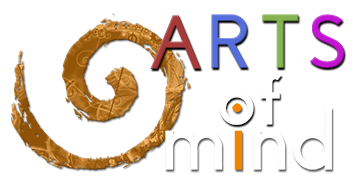Groups and collaboration have been worries of incredible interest for quite a long while, maybe acquiring stimulus from the quality movement. Nonetheless, a huge number of groups arranged initiatives have discovered that achievement doesn’t stream automatically from the basic development of groups. This has prompted questions of the real essence of cooperation, the job it plays, and how it can be encouraged. This paper tends to these inquiries in the context of the performing arts. Much of the writing on cooperation—momentarily summarized below—reports investigations of business and operational teams. Art Jamming provides all the information for the users. There has been an abundance of investigations of how such groups function, how this working influences generally speaking execution, how teamwork insufficiencies can subvert execution, and how to cultivate collaboration, e.g., through group preparing.
Sum up a lot of this work
A huge bit of this exploration has been conducted in the setting of administrative control—a focal topic of this Special Issue. For sure, administrative control of complex sys-Manuscript got once in a while includes exclusively a solitary human entertainer. The same is valid for the performing expressions, the area tended to in this paper. This paper expands upon our previous hypotheses re-grading how the abundance of information on group performance might be relevant to groups in the performing expressions. Such teams are exceptionally compelling because the group performance, in itself, is the result of interest, as opposed to a means to some different closures, for example, benefit, security, or victory. This trademark, we recommend, empowers getting much closer to the substance of teamwork. The next part of this paper gives a review of the scope of examination into group execution. This includes results for business and operational groups, too as selected investigations of performing expressions groups. This provides background for a meeting investigation of performing arts leaders in the ensemble, chamber symphony, tune, and jazz, as well as melodic theater, straight theater, comedy, ballet, and puppetry. The aftereffects of this investigation are summed up in terms of a “biology” of execution and hypothesized relationships among the ascribes of this portrayal. This part audits foundation concentrates on two broad areas.
All the works start with the preplanned ideas

The initial segment of this audit centers around what is known about groups and collaboration in business and operational teams. The subsequent part centers around performing expressions teams. In general, there are a lot more extravagant information hotspots for the former than the last mentioned. The investigation revealed here is intended to add to a more noteworthy equilibrium of information sources. This is motivated by an instinct that many prescribed procedures can cross between these domains.
Katzenbach and Smith are supportive of vide a decent rundown of the aggregate astuteness for business teams. The accepted procedures they report have, for the most part, emerged from training as opposed to exact research. Hackman talks about business groups and common mistakes in embracing group models that can undermine anticipated achievement, regularly prompting dissatisfaction and perhaps cynicism. These slip-ups incorporate the following. Using a group for work that is better done by people. Considering the performing unit, a group yet overseeing members as people. Tumbling off the power balance shaft. Destroying existing authoritative designs so that teams will be completely “enabled” to achieve the work. Specifying testing group goals yet skimping on hierarchical backings. Accepting that individuals as of now have all the abilities they need to function as a team. Beyond these errors, Hackman talks about two overarching deterrents to success. The center snag—discussing values, purposes, and collective headings unendingly.
